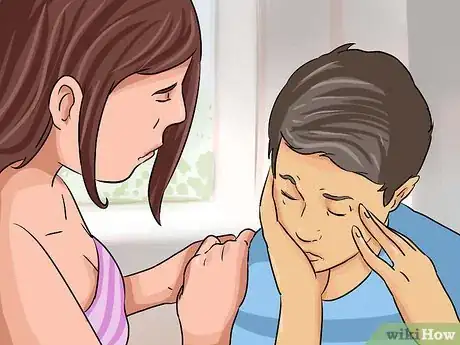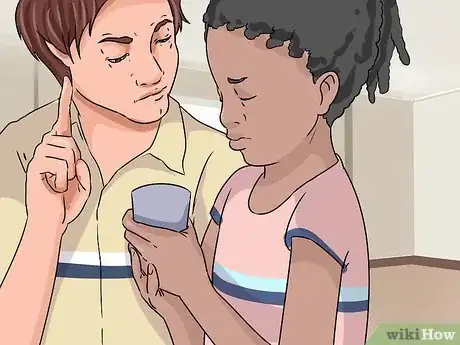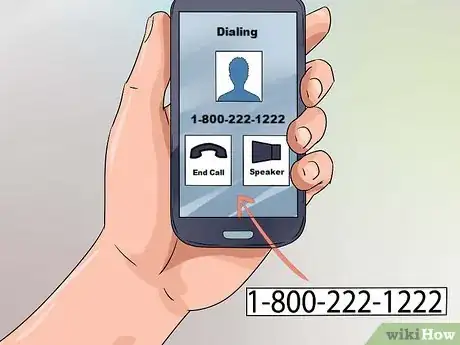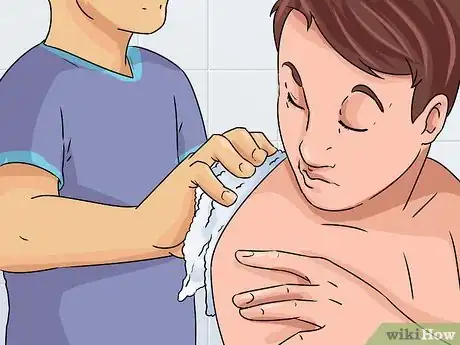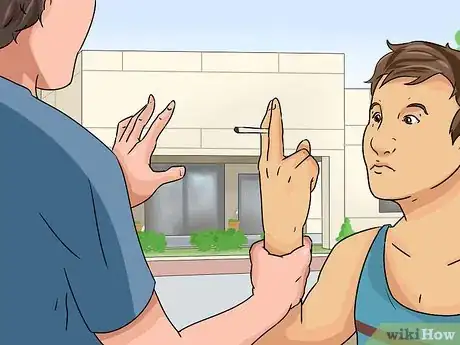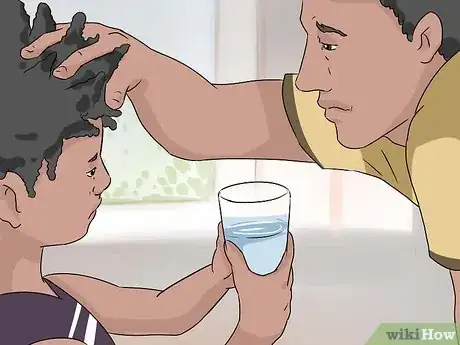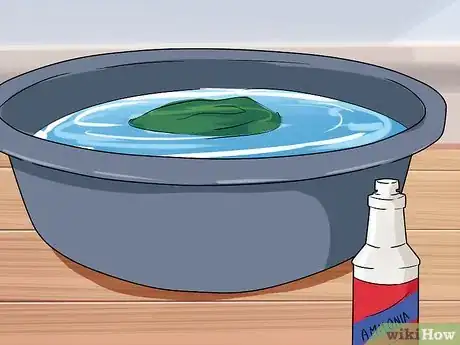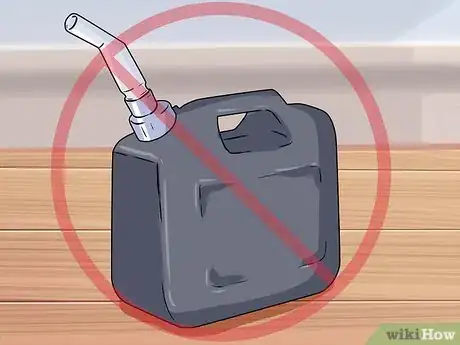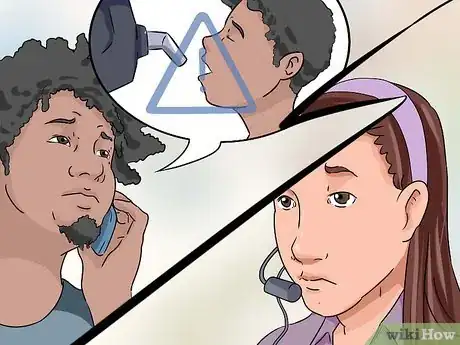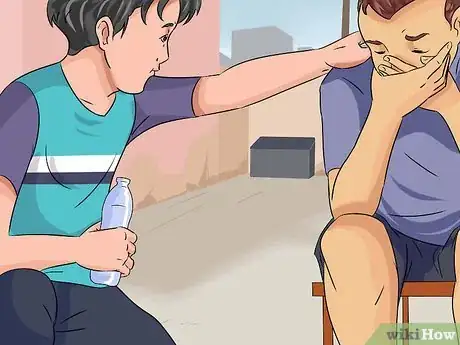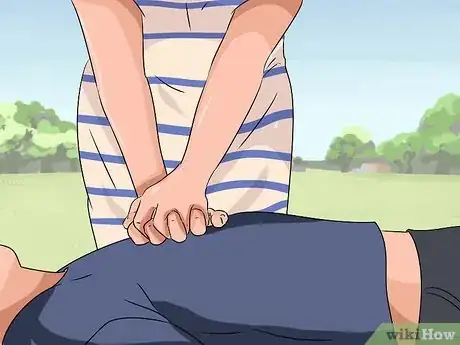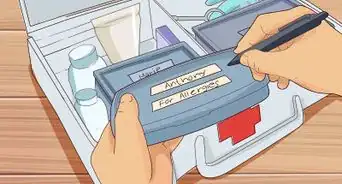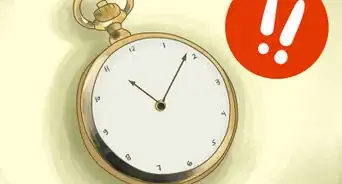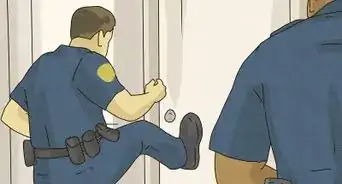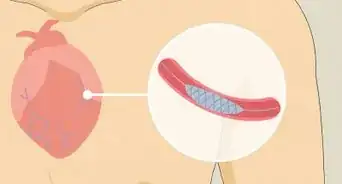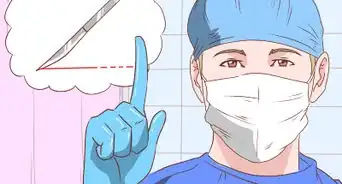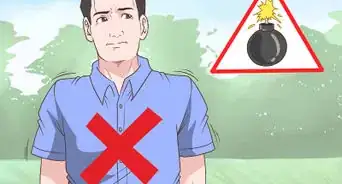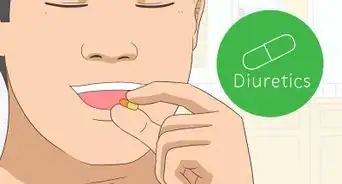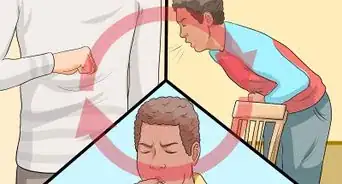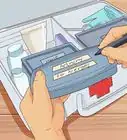This article was co-authored by Laura Marusinec, MD. Dr. Marusinec is a board certified Pediatrician at the Children's Hospital of Wisconsin, where she is on the Clinical Practice Council. She received her M.D. from the Medical College of Wisconsin School of Medicine in 1995 and completed her residency at the Medical College of Wisconsin in Pediatrics in 1998. She is a member of the American Medical Writers Association and the Society for Pediatric Urgent Care.
There are 8 references cited in this article, which can be found at the bottom of the page.
wikiHow marks an article as reader-approved once it receives enough positive feedback. In this case, 84% of readers who voted found the article helpful, earning it our reader-approved status.
This article has been viewed 436,303 times.
Sometimes people accidentally swallow a bit of gasoline while trying to siphon a gas tank. This is an unpleasant and potentially frightening experience, but with proper care, you may not require a trip to the hospital. However, swallowing larger amounts of gasoline can be extremely dangerous: as little as an ounce of gasoline can cause intoxication in adults, and less than half an ounce can be fatal in children. Use extreme care when helping someone has swallowed gasoline, and never induce vomiting. If you have any doubts or concerns, call Poison Control or Emergency Services immediately.
Steps
Helping Someone Who Has Swallowed a Small Amount of Gasoline
-
1Stay with the victim and help them remain calm. Reassure them that people ingest small amounts of gasoline all the time, and are usually just fine. Encourage the victim to take deep, calming breaths and relax.[1]
-
2Do not encourage the victim to try to vomit up the gasoline. Small amounts of gasoline causes little harm once it reaches the stomach, but inhaling even a few drops of gasoline into the lungs can cause serious respiratory problems. Vomiting greatly increases the chances that a person will aspirate (inhale) gasoline into their lungs, and must be avoided.[2]
- If the victim vomits spontaneously, help them to lean forward to prevent aspiration. Have them rinse their mouth with water after vomiting and immediately contact Poison Control and Emergency Services.[3]
Advertisement -
3Give the victim a glass of water or juice to drink after rinsing the mouth with water. Encourage them to drink slowly to avoid coughing or choking. If the victim is not conscious or able to drink on their own, do not try to administer fluids and call Emergency Services immediately.
- Do not give the victim milk unless directed to do so by the Poison Control center, as milk can cause the body to absorb the gasoline more quickly.[4]
- Carbonated beverages should also be avoided, as they may make the burping worse.
- Avoid drinking alcohol for at least 24 hours.
-
4Contact your local poison control center and explain the situation. In the United States, the number is 1-800-222-1222. If the victim is experiencing acute distress, including coughing, difficulty breathing, drowsiness, nausea, vomiting, or anything more severe, call Emergency Services right away.[5]
-
5Help the victim get any gasoline off of their skin. The victim should remove any clothing that came in contact with the gasoline. Set the clothing aside and rinse any affected skin with plain water for 2-3 minutes, then wash with mild soap. Rinse the skin again thoroughly and dry.
-
6Make sure the victim does not smoke for at least 72 hours, and do not smoke around the victim. Gasoline and gasoline vapors are extremely flammable, and smoking could lead to a fire. Cigarette smoke can also exacerbate any damage done to the victim's lungs by the gasoline.
-
7Reassure the victim that burping up gasoline fumes is normal. This could continue for as little as 24 hours to as long as several days. Drinking extra fluids may help provide relief to the victim and help the gasoline pass through their system faster.
- If the victim starts to feel worse at any point, take them to the doctor for further evaluation.
-
8Launder any gasoline-stained clothing. Gasoline-stained clothing poses a fire hazard and should be left outside to air dry for at least 24 hours, giving the fumes a chance to evaporate before being laundered. Wash the clothes separately from other clothing in hot water. Adding ammonia or baking soda to the wash may help remove the gasoline. Air dry the affected clothing to see if the gas smell is gone and repeat the washing process if needed.[6]
- Do not put clothing that still smells like gasoline into a clothes dryer; it could combust!!
Helping Someone Who Has Swallowed a Lot of Gasoline
-
1Get the gasoline away from the person. The first priority is to make sure that the victim does not ingest any more gasoline. If the victim is unconscious, proceed directly to Step 3.
-
2Assume that a child who has swallowed any amount of gasoline is in danger. If you suspect that your child has swallowed gasoline but don't know how much, treat this as an emergency situation and call Emergency Services immediately.
-
3Call Emergency Services. Explain the situation in as much detail as you can. If the victim is a child, make it very clear that you require immediate assistance.
-
4Monitor the victim closely. If the victim is conscious, reassure them that help is on the way, and do not encourage vomiting. If the person seems able, offer them water to drink, and help them remove any gasoline-covered clothing and rinse any gasoline from their skin.
- If person vomits, help them lean forward, or turn their head to the side to prevent choking and aspiration.[7]
-
5If the victim stops breathing, coughing, or moving, and does not respond to your voice, begin CPR immediately. Roll the victim onto their back and begin chest compressions. For each compression, push down on the center of the victim's chest 2 inches (5.1 cm), or 1/3 to 1/2 the depth of the chest. Give 30 rapid compressions at a rate of about 100 per minute. Then tilt the victim's head back and lift their chin. Pinch the victim's nose, and blow into their mouth until you see their chest rise. Give two breaths that each last about 1 second, and then another series of chest compressions.[8]
- Repeat the cycle of 30 chest compressions and two breaths until the victim recovers or help arrives.
- If you are on the phone with emergency services, the operator will coach you through the process of administering CPR.
- The Red Cross now recommends that CPR should be administered to a child in the same way it is given to adults, with the exception that in an infant or small child, the compressions should only be 1 1⁄2 inches (3.8 cm) deep instead of 2 inches.
Warnings
- Don't cause a person who has swallowed gasoline to vomit. This can lead to further damage in the lungs.⧼thumbs_response⧽
- Always store gasoline in a clearly marked, secure container, out of reach of children.⧼thumbs_response⧽
- Never store gasoline in a beverage container, such as an old water bottle.⧼thumbs_response⧽
- Never intentionally drink gasoline for any reason.⧼thumbs_response⧽
- Don't siphon gas with your mouth. Use a siphon pump or start the siphon using air pressure.[9]⧼thumbs_response⧽
References
- ↑ http://healthcare.utah.edu/the-scope/shows.php?shows=0_g9tzppx4
- ↑ http://healthcare.utah.edu/the-scope/shows.php?shows=0_g9tzppx4
- ↑ http://www.ccohs.ca/oshanswers/chemicals/chem_profiles/gasoline.html
- ↑ http://www.poisons.co.nz/fact.php?f=19
- ↑ http://chartsbin.com/view/1983
- ↑ http://www.washingtonpost.com/lifestyle/style/hints-from-heloise-getting-gas-smell-out-of-clothes/2013/04/02/9802eeb8-9bcf-11e2-9bda-edd1a7fb557d_story.html
- ↑ http://www.mayoclinic.org/first-aid/first-aid-poisoning/basics/art-20056657
- ↑ http://depts.washington.edu/learncpr/quickcpr.html
- ↑ https://www.youtube.com/watch?v=xpHqraOdMDs
About This Article
If you’re with an adult who has swallowed more than an ounce of gasoline or a child who has swallowed any amount of gasoline, get the gasoline away from them and call emergency services immediately. No matter how much gasoline they swallowed, stay with the person and help them stay calm. Also, don’t encourage them to vomit, since fumes from the vomited gasoline could harm their lungs. Once they’re calm enough, have them rinse their mouth out with water and drink a little water or juice. Finally, call your local poison control number for advice about what to do next. Read on for more advice from our Medical co-author, including how to help if the person experiences severe symptoms after swallowing gasoline.
